Multi-Factor Authentication-MFA
Introduction
In today's digital age, security is of utmost importance. With the increasing number of cyber attacks and data breaches, it is crucial to ensure that our online accounts and systems are secure. One of the most effective ways to do this is by implementing multi-factor authentication (MFA). In this blog post, we will discuss what MFA is, its benefits, and best practices for implementing it.
What is Multi-Factor Authentication?
Multi-factor authentication (MFA) is a security measure that requires users to provide two or more factors when logging into an application. These factors can be something the user knows (such as a password), something the user has (such as a security token), or something the user is (such as a fingerprint). By requiring multiple factors, MFA adds an extra layer of security to help protect your application from unauthorized access. Even if password credentials are compromised, attackers cannot fulfill the requirements for the second factor.
Benefits of Multi-Factor Authentication
- Implementing MFA effectively can provide several benefits, including:Enhanced security: MFA adds an extra layer of protection, making it more difficult for attackers to gain access to your accounts or systems.
- Simplification of login process: Contrary to popular belief, having multiple authentication factors can make logging into accounts more straightforward
- Compliance with regulations: Many industries require MFA to comply with regulations and standards.
- Reduced risk of data breaches: MFA can significantly reduce the risk of data breaches by making it more challenging for attackers to gain access to sensitive information.
Best Practices for Multi-Factor Authentication
- Choosing a reliable and secure MFA solution. There are many different MFA solutions available, so it is important to choose one that is reliable and secure. The solution should meet your specific needs and should be easy to use for both administrators and users.
- Regularly updating and patching the MFA software or system. As with any software, it is important to regularly update and patch the MFA software or system to ensure that any potential vulnerabilities are addressed promptly. This will help to protect against attacks that exploit known vulnerabilities.
- Educating users about the importance of MFA. Users need to understand the importance of MFA and how to use it correctly. They should be aware of the different authentication methods that are available and how to choose the right method for the situation.
- Providing backup or alternative authentication methods. In case a primary authentication method is not available, it is important to provide backup or alternative authentication methods. This will help to ensure that users can still access their accounts even if they are unable to use their primary method.
- Monitoring and analyzing MFA logs and user access patterns. This can help to identify any suspicious activities or potential security threats. By monitoring MFA logs, administrators can see who is accessing accounts and when. This can help to identify any unauthorized access or attempts to gain access to accounts.
By following these best practices, you can help to ensure that your MFA implementation is effective and that your accounts and systems are protected from unauthorized access.
Conclusion
Multi-factor authentication is a crucial security measure that can significantly enhance the security of online accounts and systems. By requiring users to provide multiple forms of verification before gaining access, MFA adds an extra layer of protection that can significantly reduce the risk of data breaches and unauthorized access.
By following the best practices outlined above, you can help to ensure that your MFA implementation is effective and that your accounts and systems are protected from unauthorized access.

